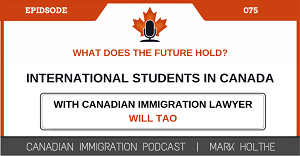
Reflections on Chief Justice Crampton’s “Best Practices on Judicial Review (Written Submissions)” and My Own Three Tips
Chief Justice Paul Crampton in a recent piece for the CBA’s National Immigration Section’s COVID’s 20:20 A Vision for Lawyer Expertise During a Pandemic and




